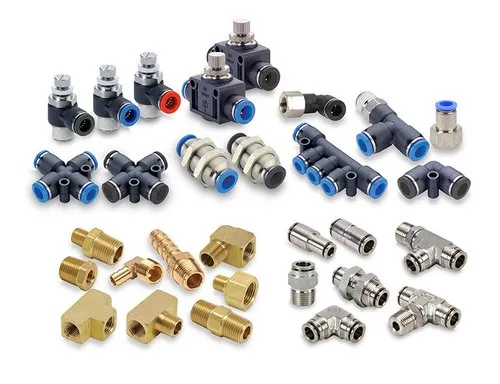pneumatics Supplire
Set the Stage: Begin by explaining the critical role of pipes and fittings in pneumatic systems. These components ensure that compressed air flows efficiently and safely throughout the system, powering machinery and tools in various industries, from manufacturing to automotive.
Highlight the Importance: Emphasize the importance of selecting the right supplier for pneumatic pipes and fittings. A reliable supplier ensures access to high-quality components that are essential for maintaining system efficiency and reducing downtime.
Understanding the Basics: Pipes and Fittings in Pneumatic Systems
Pipes: Describe the function of pipes in pneumatic systems—transporting compressed air from one part of the system to another. Highlight the need for durability, pressure resistance, and compatibility with other system components.
Fittings: Explain how fittings connect different parts of the system, ensuring airtight seals and preventing leaks. Different fittings serve specific purposes, from connecting straight sections of pipe to facilitating directional changes.
Key Factors to Consider When Choosing a Pneumatic Pipe and Fitting Supplier
Product Quality: Quality should be a top priority. Look for suppliers who offer pipes and fittings made from durable materials, capable of withstanding high pressures and harsh environments.
Range of Products: A good supplier should offer a wide range of products, including various sizes, materials, and types of fittings (e.g., push-to-connect, threaded, quick-disconnect).
Customization Options: Depending on your industry, you may need custom pipe lengths or specific fittings. Ensure the supplier can meet your customization needs.







